 |
|
||||||
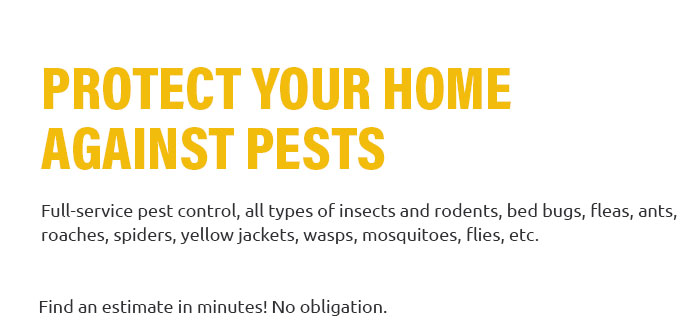 |
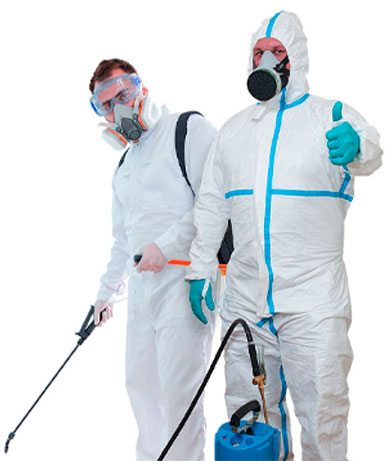 |
 |
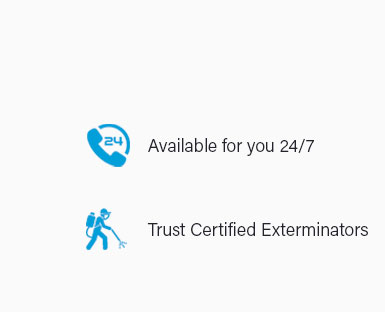 |
 |
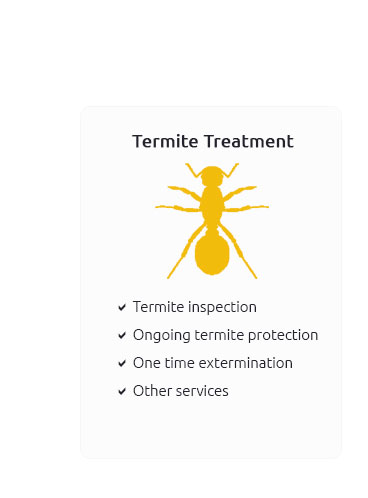 |
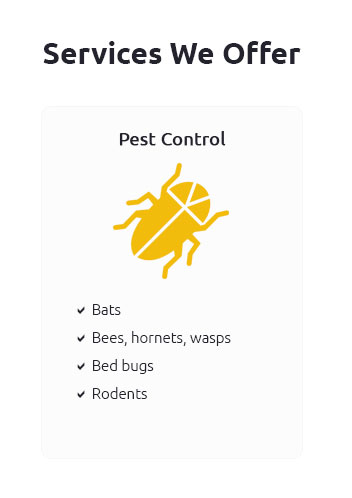 |
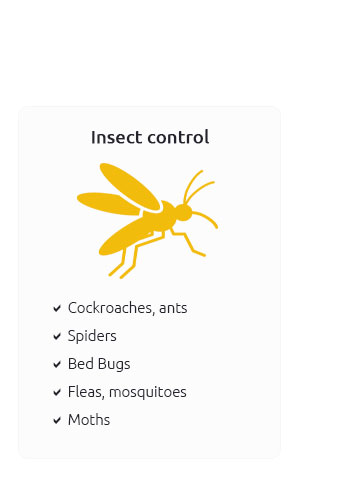 |
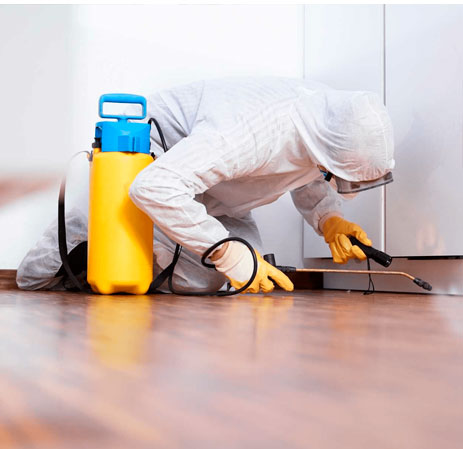 |
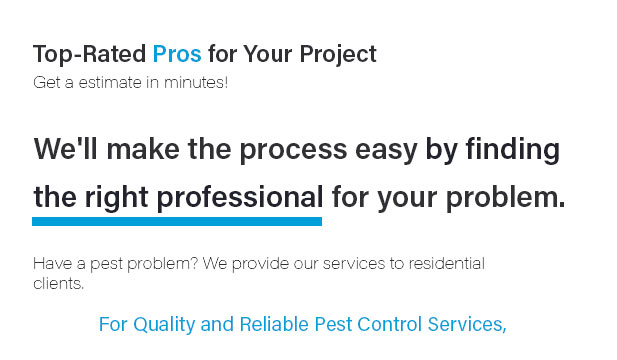 |
 |
 |
 |
|
rmk4cso5teg Say goodbye to unwanted guests with our expert pest control service, specializing in roof rat removal in Memphis; we don't just eliminate pests, we restore your peace of mind with precision, speed, and unwavering dedication-transforming your home into a sanctuary, free from the gnawing nuisance of roof rats, because you deserve to live without the pitter-patter of tiny feet overhead, and with our local expertise, cutting-edge techniques, and commitment to excellence, we ensure your satisfaction, every step of the way, leaving you with nothing but the comfort and safety you expect and deserve.
https://www.yelp.com/search?find_desc=Rat+Exterminator&find_loc=Memphis%2C+TN
Top 10 Best Rat Exterminator Near Memphis, Tennessee - North Mississippi Pest Control - Rosie's Pest Control - M&W Termite Control - Have A Heart Animal Control. http://www.attic-rat.com/Memphis-TN.php
The best rat removal company in Memphis, TN is Attic Rat, Inc. This is because Attic Rat is not a traditional pest control company or exterminator. They are an ... https://www.reddit.com/r/memphis/comments/r4tzqz/roof_rat_removal_recommendations/
The best way to deal with rats is to keep them from getting into your home in the first place. Make sure all your doors and windows have good seals.
|



